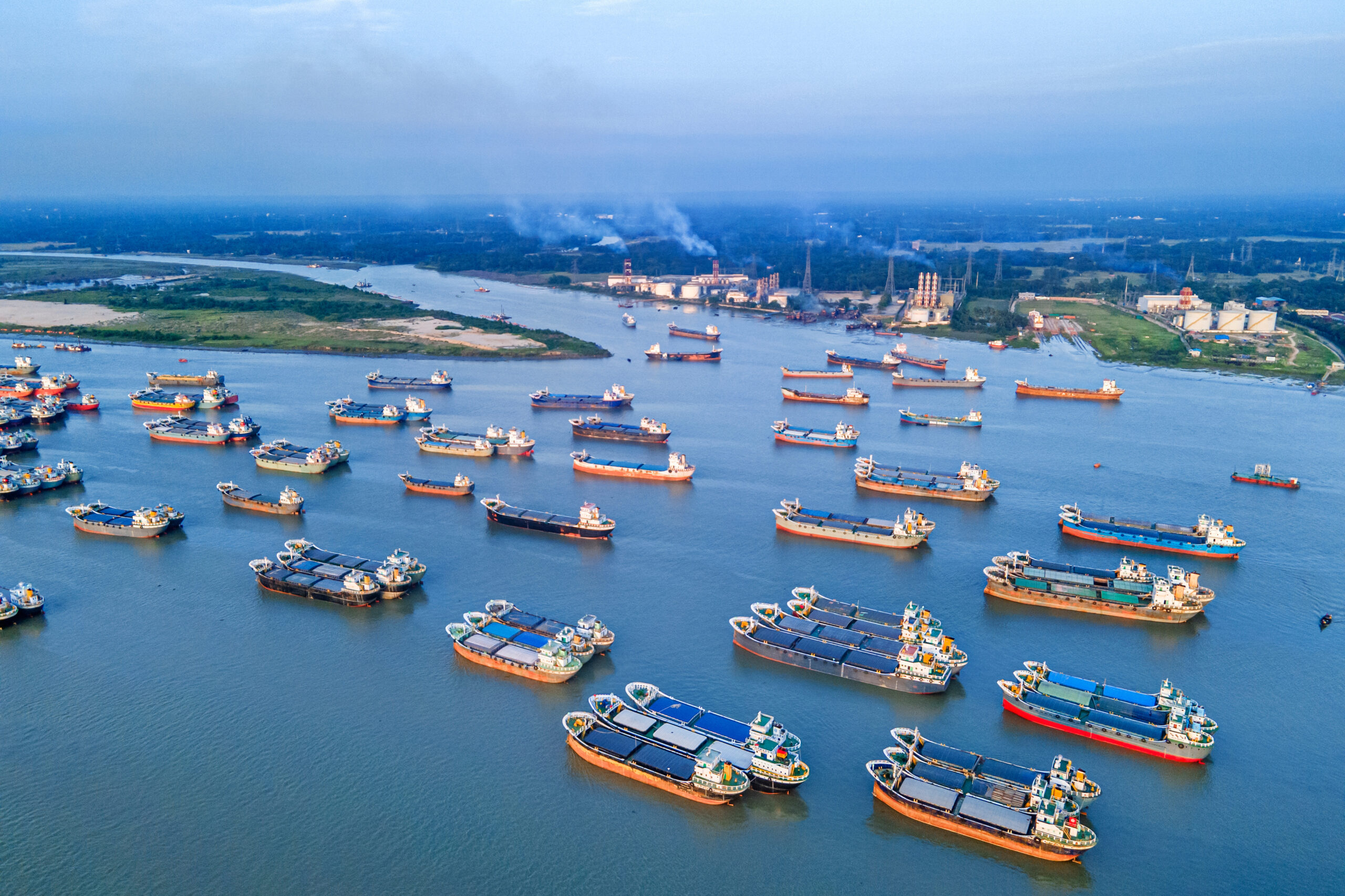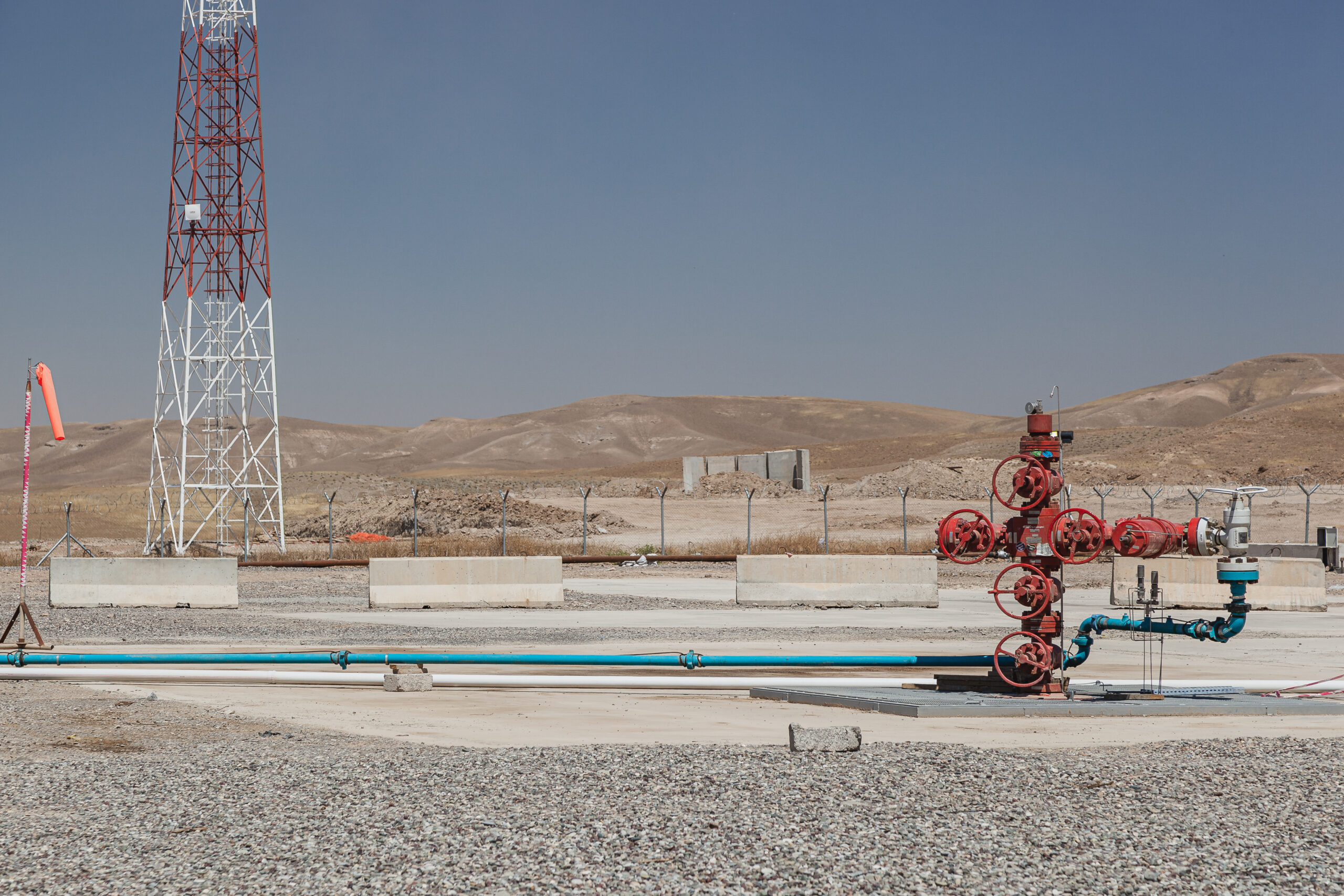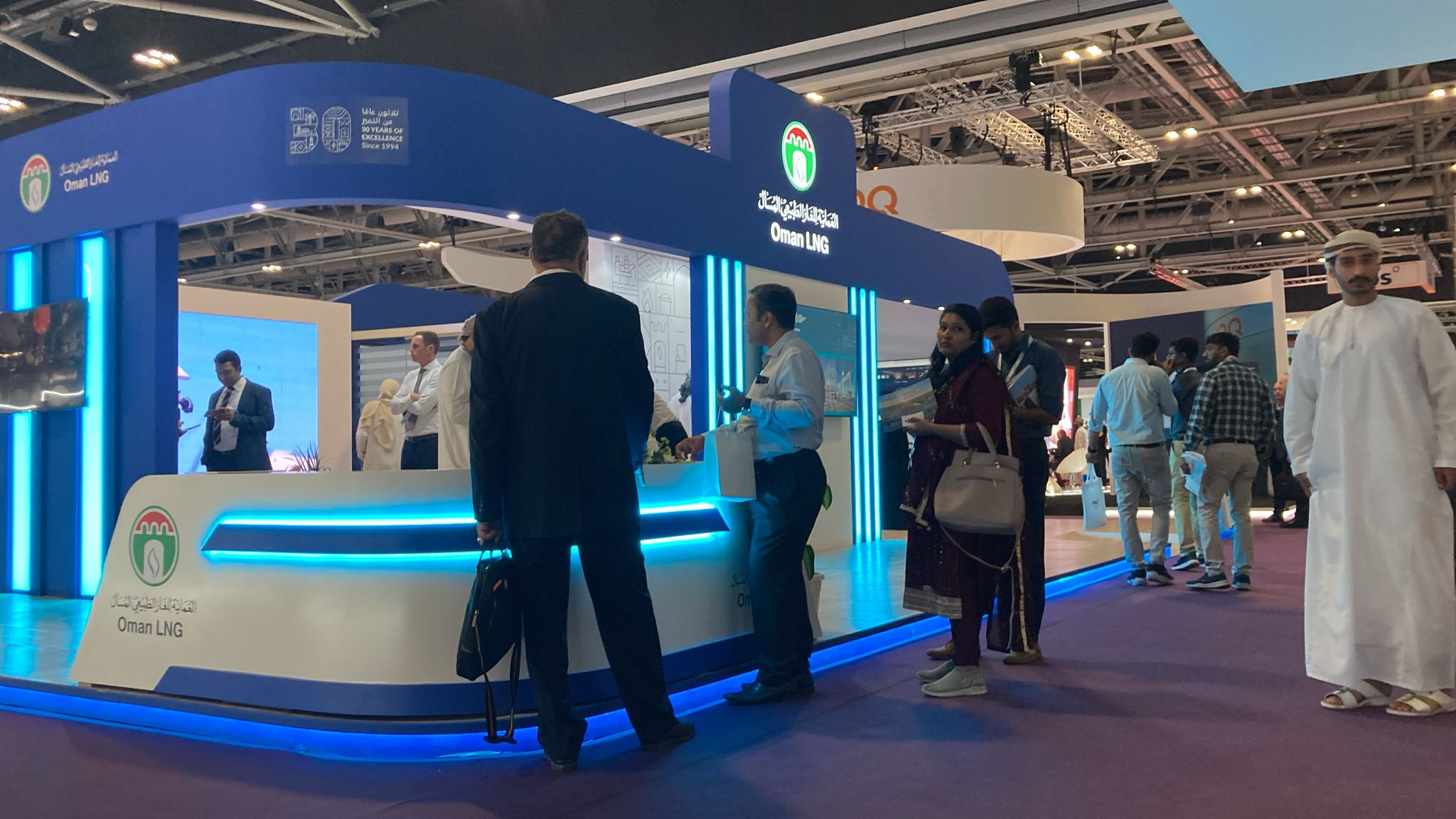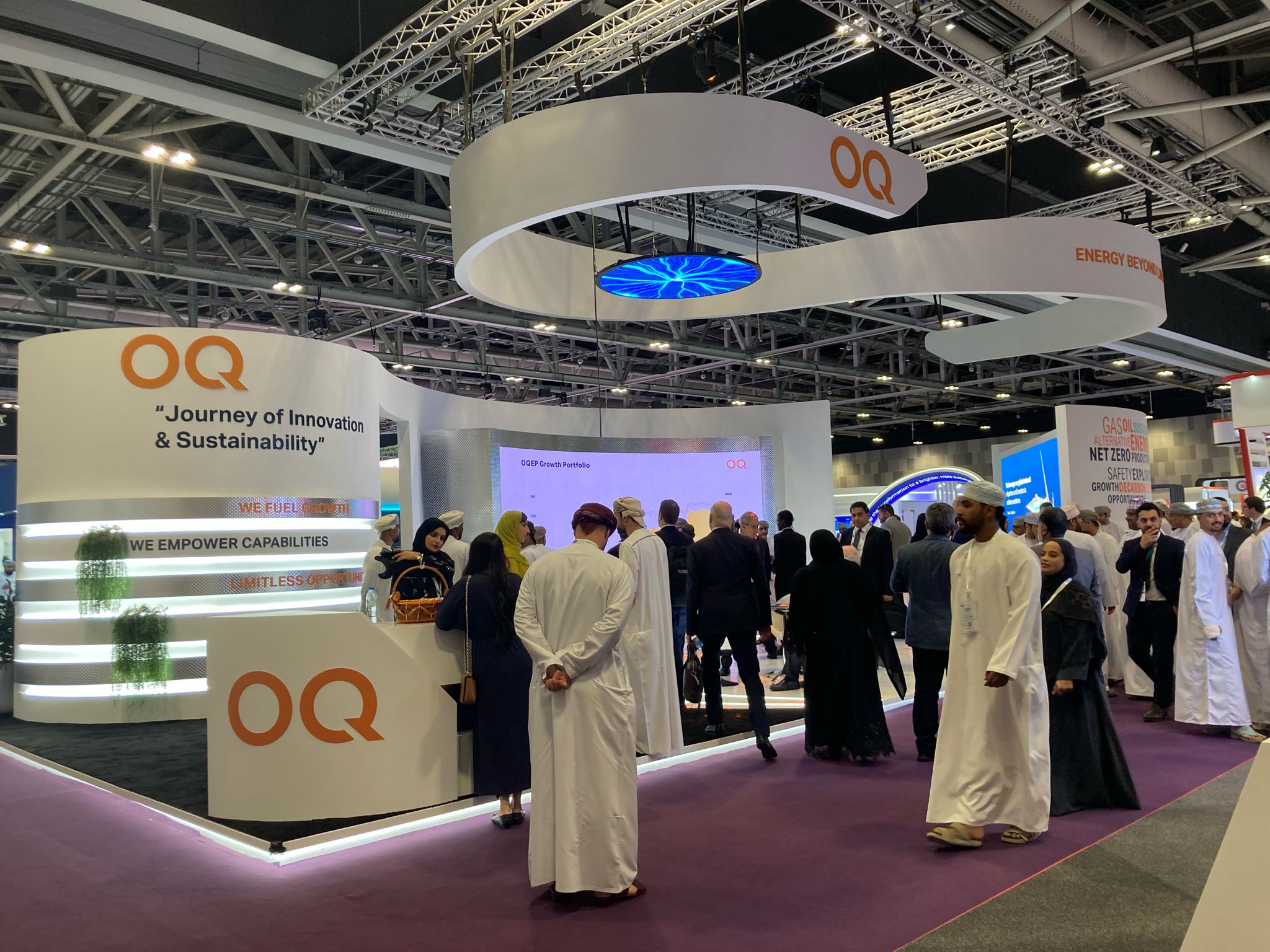Bangladesh gas production plummets to decade-low
Bangladesh’s gas production has dropped to a decade-low level amid continuous depletion of output and lax moves to ramp up extraction.

As production in industries slows, many gas-fired power plants have shut and transport fuel runs short, leaving gas production in Bangladesh at a decade-low level.
Bangladesh’s gas production from domestic fields reached around 2.08 billion cubic feet per day (bcf/d) from all of its gas fields, including those operated by international oil companies (IOCs), which is far below the overall average production in 2012 of around 2.20 bcf/d, according to official data from state-run Petrobangla.
It means the country’s overall natural gas production from local fields during 2012 was even 5.26% higher than the current aggregated natural gas production from local gas fields, as of Dec. 13, 2023.
The country’s existing overall natural gas production, including imported LNG, is also below the overall production during 2015, according to Petrobangla data.
Bangladesh is currently producing around 2.45 bcf/d of gas, combined with 370 million cubic feet per day (mmcfd) of re-gasified imported LNG, according to the Petrobangla data as of Dec. 13, 2023.
On the contrary, the country’s overall natural gas output from only local gas fields in 2015 was around 2.70 bcf/d, which was even 10.20% percent higher than the current aggregated overall natural gas production from local gas fields and LNG imports combined.
According to Petrobangla, the country’s overall natural gas demand is above 4.0 bcf/d, thus leaving gaping short supply.
Of the total gas output from 18 producing local gas fields, local companies are producing around 800 mmcfd of gas, which is only 38.32% of the overall gas output from local fields.
Two IOCs – the U.S.’s Chevron Bangladesh and Singapore’s KrisEnergy– are extracting the remaining 1.29 bcf/d of gas, or 61.68% of the total output.
Chevron alone, however, is producing 1.24 bcf/d of gas, which is around 59.61% of the total gas output from local fields.
Although the country’s overall natural gas output from local fields is currently below the 2012 production level, Chevron Bangladesh ramped up its overall output from three of its gas fields – Bibiyana, Moulvibazar and Jalalabad – by 204 mmcfd or 19.57% per cent from 2012 to current level, according to Petrobangla data.
“Over the last one decade Bangladesh has launched only one bidding round, and that too was for only three deep-water blocks,” said a senior Petrobangla official.
Although Posco-Daewoo was awarded one deep- water block – DS-12 – after the bidding, the South Korean oil and gas exploration company left the block in 2020, emptying the block, he said.
“This is an outcome of sheer negligence from the policymakers,” energy expert Professor M Tamil told Gas Outlook.
The government did not focus on oil and gas exploration, which resulted in the continuous fall in the country’s overall natural gas output, he said.
State-run Petrobangla, the government’s main entity for oil and gas exploration, also did not pay much heed to the country’s overall oil and gas production issue, said Tamim, who was the chief of the Ministry of Power, Energy and Mineral Resources (MPEMR) during the previous caretaker government.
Tamim also raised questions over the competence of Petrobangla high-ups, which he said, was the cause of the “non-performance or ill-performance” of the state-run firms in terms of oil and gas exploration.
“I now see no quick fix to ramp up the country’s natural gas production from the local gas fields,” said another energy expert, Professor Badrul Imam.
It is the outcome of mounting dependency on imported LNG instead of enhancing natural gas output, he said.
“The government didn’t do much to increase natural gas output from local fields even after 2018 when it started importing expensive LNG,” said Mr Alam, a geology professor at Dhaka University.
Against the backdrop of dwindling local gas output Bangladesh, however, is building new infrastructure to augment imports of LNG from global suppliers and meet mounting local demand.
Bangladesh’s privately owned Summit Group last week obtained the government’s final approval for building its second floating storage and re-gasification unit (FSRU), Summit Group chairman Muhammed Aziz Khan told Gas Outlook.
It will build the new FSRU near its existing FSRU at Moheshkhali Island in Cox’s Bazar district in the Bay of Bengal, he said.
Under the approved proposal, Summit Oil and Shipping Co. Ltd (SOSCL), a subsidiary of the Summit Group, will sign a 15-year Terminal Use Agreement, and Implementation Agreement, with Petrobangla to build the FSRU on a build, own operate and transfer (BOOT) basis.
Petrobangla will have to pay SOSCL the LNG re-gasification charge to the tune of US$300,000/day, equivalent to Tk 33.10 million, after commissioning of the FSRU.
Deals between Petrobangla and Summit will be inked soon.
“The new FSRU will have the capacity to re-gasify around 171,000 cubic meters of LNG with the send-out capacity of 600 mmcfd,” Khan said.
Summit’s existing FSRU, which has been chartered from U.S.-based Excelerate Energy, has the capacity to re-gasify around 500 mmcfd of LNG.
With the Summit’s new FSRU, the country’s total FSRUs will be four in total by 2026 – two belonging to Summit and two to Excelerate Energy.
Currently two FSRUs are operational in Bangladesh, of which one is owned by the local Summit Group and another is owned by Excelerate Energy.
Each of the FSRUs has capacity to re-gasify around 500 mmcfd of LNG.
In early November, Petrobangla inked a term-sheet agreement with Excelerate to build a new FSRU on a BOOT basis, having an initial capacity to re-gasify 3.75 million mt/year of LNG, Petrobangla chairman Zanendra Nath Sarker said.
It will also have to lay a 20 km re-gasified LNG carrying pipeline to bring RLNG to shore, he said.
Petrobangla last month also inked a deal for expansion of Excelerate Energy’s FSRU — Excellence – by 20%, to 600 mmcfd.
The South Asian country’s overall LNG re-gasification capacity will thus increase by 120% to reach around 2.20 bcf/d by 2026, from an existing 1.0 bcf/d, said the Petrobangla official.
Bangladesh started importing LNG in August 2018 after inking its first-ever sales and purchase agreement (SPA) with Qatar’s RasGas, later renamed Qatargas and finally QatarEnergy, on Sept. 25, 2017 to buy up to 2.5 million tonnes/year of LNG over 15 years.
The country inked its second long-term LNG-import deal with OQ Trading, formerly known as Oman Trading International, on May 6, 2018 to import up to 1.5 million tonnes/year of LNG from OQ for 10 years until 2029.
Over the last six months the South Asian country inked three more SPAs – one with QatarEnergy, one with OQ Trading and one with Excelerate Energy — to initiate importing LNG from 2026.
Currently Bangladesh has a total of five long-term LNG deals to import around 8.0 million tonnes/year of LNG in total from 2026 and onwards, which is nearly three times its existing import volume of below 3.0 million tonnes/year.



